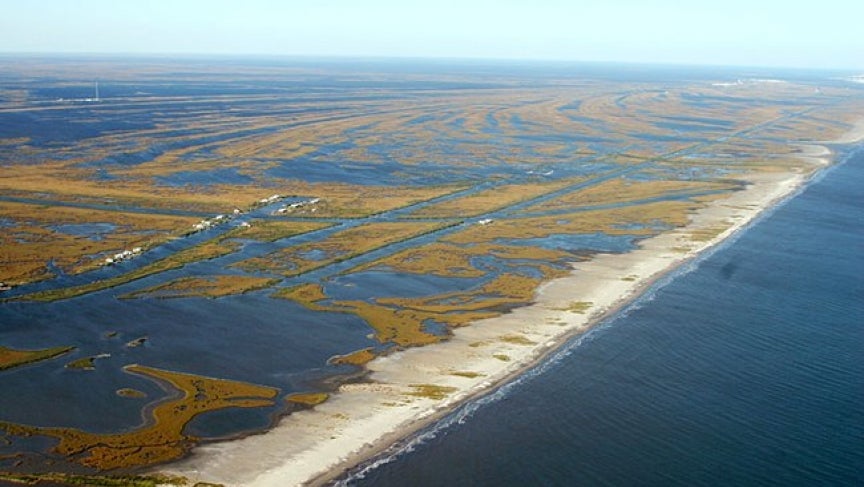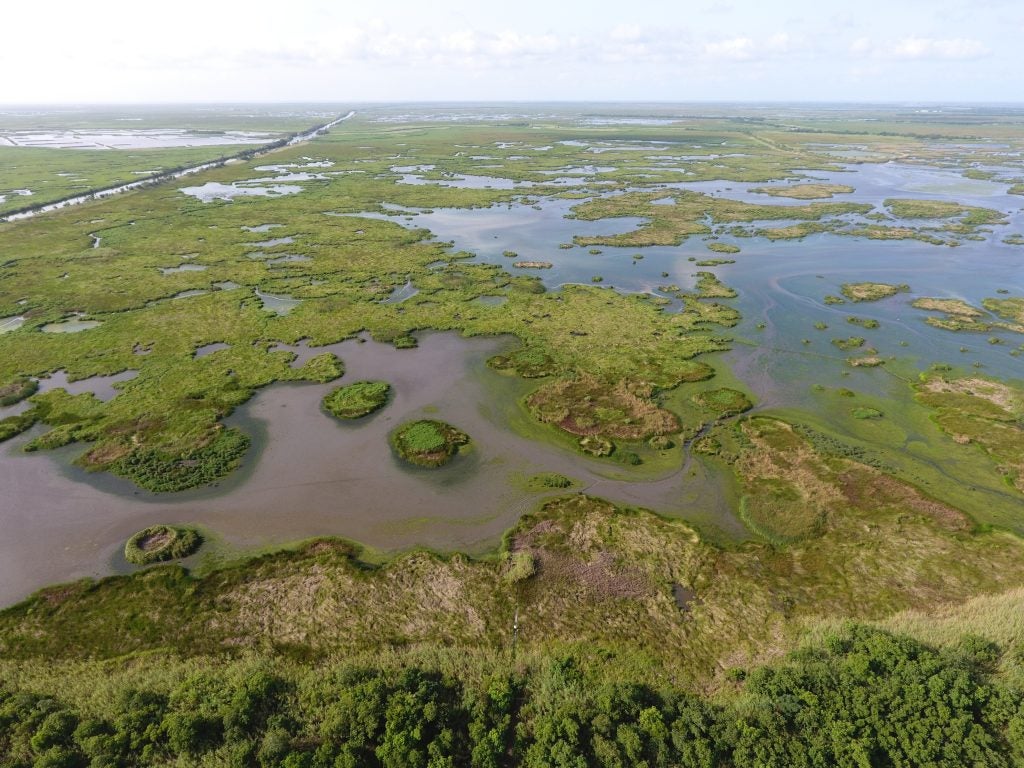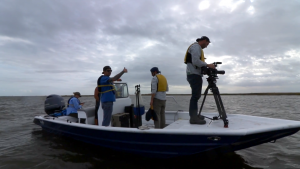Earlier this month, the U.S. Army Corps of Engineers opened the Bonnet Carré Spillway north of New Orleans for the second time this year to relieve pressure on the Mississippi River levees and protect communities in south Louisiana from catastrophic flooding.
It was the first time in the structure’s nearly century-old existence that it had been opened twice in the same year. When the Corps opened the spillway in February, it was the first opening in back-to-back years.
Air boat out at Bonnet Carre during the second opening this year. pic.twitter.com/kkeQvcdESU
— Corps of Engineers New Orleans (@USACENOLA) May 10, 2019
Corps Maj. Gen. Richard Kaiser recognized this unprecedented occurrence in response to the wettest period in 124 years, saying, “This is not business as usual.” What was designed as an emergency flood control system has increasingly become a default safety valve, as climate change and increased precipitation throughout the Mississippi River Valley only further stress the system.
This is a sign that we need to re-think how we manage our rivers and revisit operations of a system designed nearly a century ago. Read More












